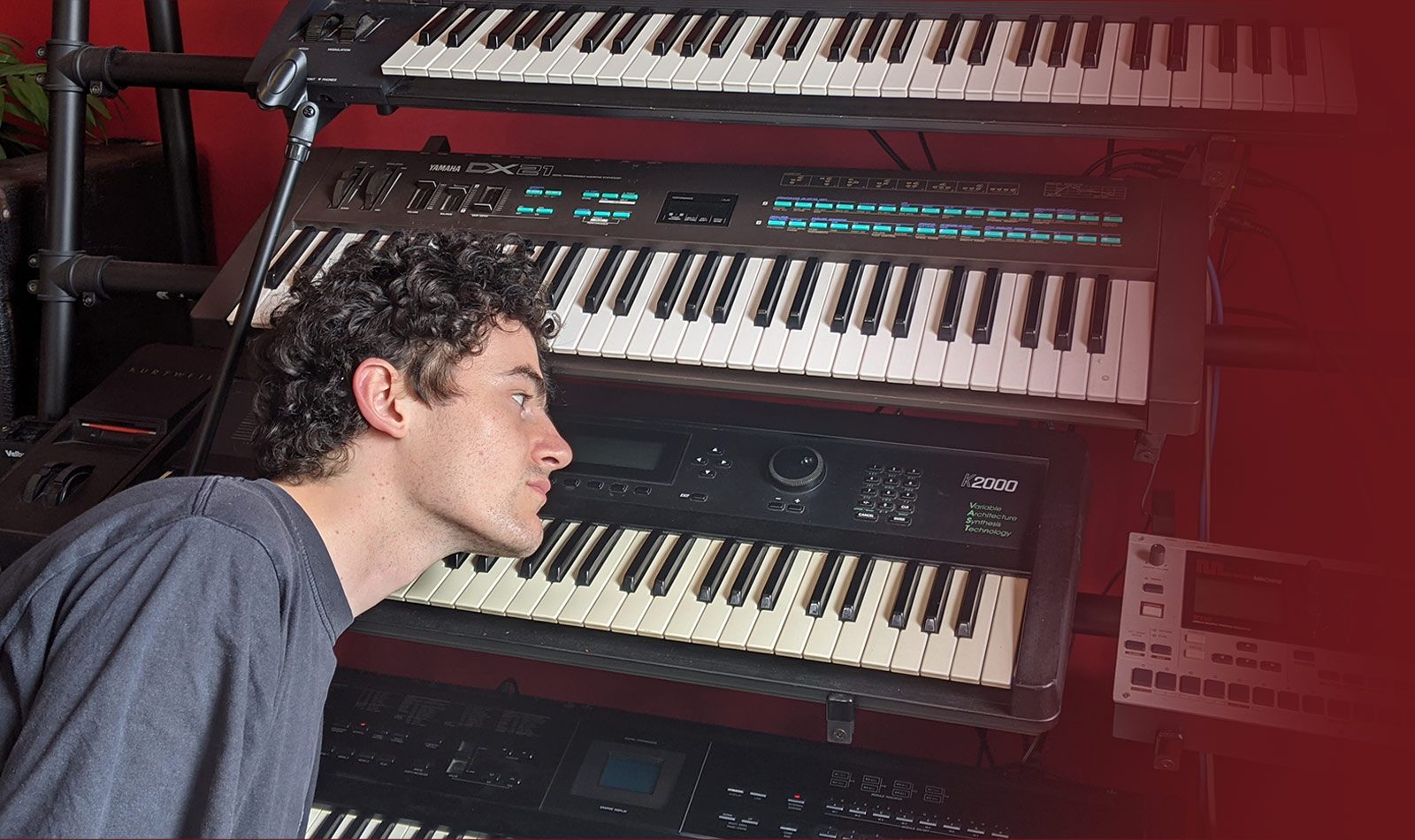Dance music and electronic are two genres with shared roots but ultimately very different. Dance music is focused on the rhythm and beat with an emphasis on creating a groove for people to dance to, while electronic music is often more experimental in nature. Current trends in dance music include a blend of old-school and new-school sounds, with a resurgence of house music. In comparison, electronic music trends involve a fusion of different genres, with an emphasis on live instrumentation. Both genres offer endless possibilities for creativity and experimentation.
Dance Music vs. Electronic: Unpacking the Latest Music Trends
Introduction
Music trends come and go, and as audiences continue to evolve, so do the genres of music they appreciate. Dance music and electronic are two genres that have been around for decades, and while their roots may be similar, they couldn’t be more different today. In this article, we’ll compare and contrast dance music and electronic and the latest trends in each genre.
History of Dance Music
Dance music has been around since the early 1900s, with the first recorded example of dance music being the Foxtrot. However, it wasn’t until the explosion of disco in the 1970s that dance music gained mainstream popularity. Artists like Donna Summer and Bee Gees were some of the most influential musicians of the era.
In the 1980s, dance music underwent a significant transformation with the rise of new wave, pop, and hip-hop. This paved the way for further experimentation, giving rise to acid house, techno, and trance in the 1990s. The rise of EDM (electronic dance music) in the 2010s further pushed the genre into the mainstream, with festivals like Tomorrowland and Ultra Music Festival becoming incredibly popular.
History of Electronic
Electronic music also has its roots in the 1970s, but it’s closely aligned with the development of electronic instruments like synthesizers and drum machines. Pioneers of electronic music like Kraftwerk and Giorgio Moroder used these new instruments to create music that had never been heard before.
The 1980s saw the rise of new wave, which blended electronic and pop music. However, it wasn’t until the 1990s that electronic music began to gain mainstream popularity. This was largely due to the rave scene and the popularity of genres like techno, house, and trance.
Today, electronic music has continued to evolve, with new genres like dubstep, trap, and future bass gaining popularity. The rise of DJs and producers like Skrillex and Diplo has helped electronic music to reach an even wider audience.
The Differences between Dance Music and Electronic
While dance music and electronic share some of the same roots, their differences are numerous. Dance music is focused on the rhythm and beat, with an emphasis on creating a groove that people can dance to. Electronic, on the other hand, is often more experimental and focused on creating unique sounds and textures.
In terms of the production process, dance music is often created with live instruments like drums and bass guitars. Electronic, on the other hand, is created using electronic instruments like synthesizers and drum machines.
Another difference between the two genres is the tempo. Dance music is often faster, with tempos ranging from 120 to 140 bpm (beats per minute). Electronic, on the other hand, can have much slower tempos, with artists like Aphex Twin creating music as slow as 75 bpm.
Current Trends in Dance Music
The current trend in dance music is a blend of old-school and new-school sounds. Many artists are incorporating elements of disco and funk into their music while still keeping it fresh and modern. Artists like Daft Punk and Mark Ronson have been at the forefront of this movement, with their retro-inspired sound earning them critical acclaim.
Another trend in dance music is the resurgence of house music. This genre, which originated in the 1980s, is characterized by its use of repetitive 4/4 beats and synthesized melodies. Artists like Disclosure, Gorgon City, and Duke Dumont have been leading the charge in the revival of house music.
Current Trends in Electronic
In electronic music, the current trend is a fusion of different genres. Many artists are blending elements of hip-hop, trap, and dubstep into their music, creating a unique and experimental sound. Artists like Flume, Porter Robinson, and Zedd are leading the charge in this movement.
Another trend in electronic music is the use of live instrumentation. Many artists are incorporating live drums, guitars, and other instruments into their music, creating a more organic sound. This trend is likely a response to the criticism that electronic music can sometimes feel soulless or overly produced.
Conclusion
In conclusion, dance music and electronic are two genres that share some similarities but are ultimately very different. Dance music is focused on creating a groove for people to dance to, while electronic is often more experimental in nature. The current trends in dance music are a blend of old-school and new-school, with a resurgence of house music. In electronic music, the current trend is a fusion of different genres, with an emphasis on live instrumentation. Regardless of your musical preferences, both genres offer endless possibilities for creativity and experimentation.
